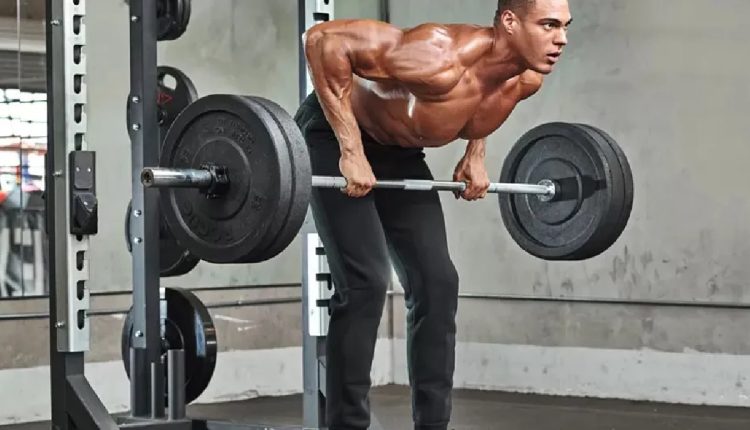When it comes to building a strong, thick, and powerful back, few exercises rival the Barbell Row. A classic compound lift that engages multiple muscle groups, the Barbell Row is a favorite among bodybuilders, athletes, and fitness enthusiasts. Whether your goal is muscle growth, strength, or improved posture, this exercise deserves a place in your routine.
What is a Barbell Row?
The Barbell Row, also known as the Bent-Over Barbell Row, is a compound pulling exercise that strengthens your back, arms, and core. By mimicking a rowing motion, it helps you develop the pulling power required for heavy lifts like deadlifts and improves your posture by balancing out pushing exercises such as the bench press.
Muscles Worked
The Barbell Row is a powerhouse for upper-body strength because it targets multiple muscles at once:
-
Primary Muscles: Lats, Rhomboids, Trapezius, Posterior Delts
-
Secondary Muscles: Biceps, Forearms, Erector Spinae, Core
This makes it one of the best exercises for developing both size and functional strength.
How to Perform a Barbell Row
Follow these steps for safe and effective execution:
-
Setup:
-
Stand with your feet shoulder-width apart.
-
Grip the barbell with either an overhand or underhand grip.
-
Hinge at the hips, keeping your back straight, until your torso is nearly parallel to the floor.
-
-
Execution:
-
Pull the barbell toward your lower rib cage.
-
Drive your elbows back and squeeze your shoulder blades together.
-
Lower the barbell under control to the starting position.
-
-
Breathing:
-
Inhale as you lower the bar.
-
Exhale as you pull the bar toward your body.
-
Pro Tip: Keep your core engaged and avoid rounding your back to prevent injuries.
Variations of the Barbell Row
Switching up your rowing style can target muscles differently:
-
Overhand Barbell Row – hits traps and rhomboids more.
-
Underhand (Yates) Row – emphasizes lats and biceps.
-
Pendlay Row – explosive, starting each rep from the floor.
-
T-Bar Row – allows heavier loading with chest support.
-
Single-Arm Barbell Row – engages stabilizers and improves balance.
Benefits of the Barbell Row
Adding the Barbell Row to your workout brings a host of benefits:
-
Builds a thicker, wider back for aesthetics and strength.
-
Improves pulling power for lifts like deadlifts and pull-ups.
-
Enhances posture by strengthening the rear delts and traps.
-
Boosts core stability due to the bent-over position.
-
Increases athletic performance, especially in sports requiring strong pulling power.
Common Mistakes to Avoid
Even a powerful exercise like the Barbell Row can backfire if done incorrectly. Watch out for these mistakes:
-
Rounding the lower back → increases injury risk.
-
Using too much weight → sacrifices form for ego.
-
Shrugging instead of rowing → traps take over, lats stay underworked.
-
Standing too upright → turns into more of a shrug.
-
Bouncing the bar → reduces muscle tension and effectiveness.
Sets & Reps Guide
-
For Strength: 4–6 sets of 4–6 reps (heavy weights).
-
For Muscle Growth: 3–4 sets of 8–12 reps.
-
For Endurance: 2–3 sets of 12–15 reps (lighter weights, strict form).
Conclusion
The Barbell Row is a timeless back-builder that delivers strength, size, and stability. By practicing proper form, exploring its variations, and avoiding common mistakes, you’ll unlock a stronger, more powerful back that supports your fitness journey. Whether you’re a beginner or an advanced lifter, the Barbell Row deserves a permanent spot in your training program.


Comments are closed.